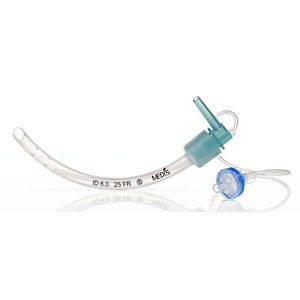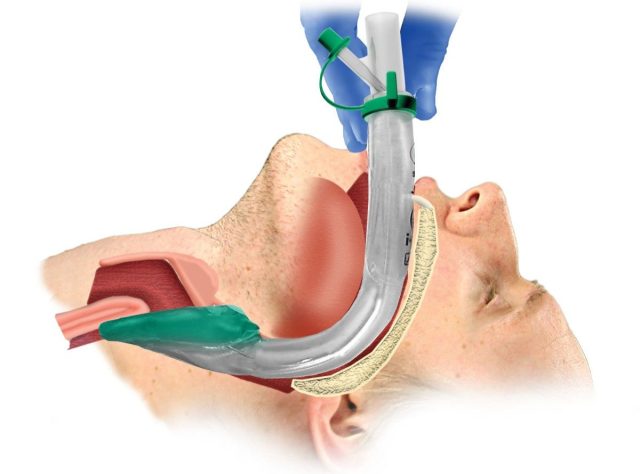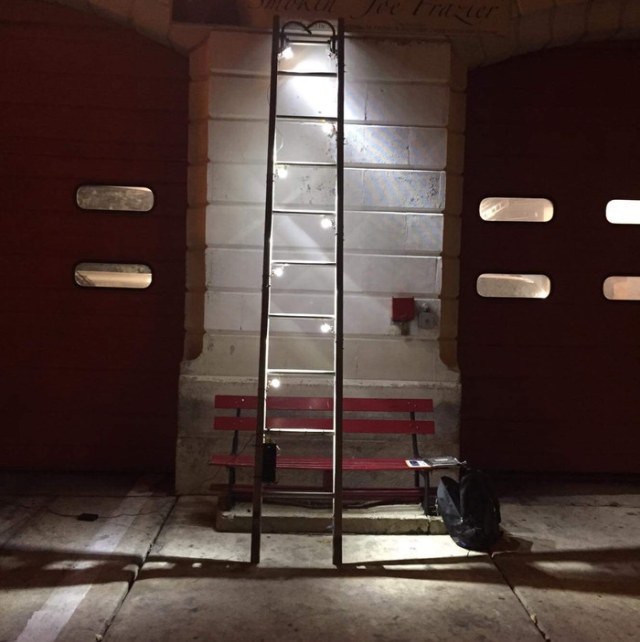Most EMT’s and Medics measure their abilities on a metric of regurgitation. They are proud of their memory. They are easily able to recite algorithms and treatments, drug doses and protocols effortlessly. They think this is what matters. It’s not.
There are very few things in EMS that are really that time sensitive. By itself that is probably a tough nut to swallow. But it’s true.
We race to the scene with lights and sirens, risking our own lives and those on the roads around us. How many times have you seen a driver on the road suddenly hear your emergency warnings and make about the least logical lane change imaginable?
The most time running hot can save you getting on scene is two minutes. Ditto the trip to the hospital. The trip to the hospital running hot is even less wise. Who can hear, feel, or see much of anything while they are being bounced around in the back of a piece of repurposed farm equipment?
I’ve always wondered if we drove to every scene with no lights and sirens and then did the same thing to the hospital would any patient really be affected? We don’t actually know. But here’s my real point. You can do a great job on every call without remembering much of anything. You don’t need to be in a rush.
In my last paid EMS gig I made a bunch of EMT/Drivers completely crazy because I never went to the hospital hot. I’m not saying I was morally opposed to it or anything. I’m just saying the absolute necessity to do it never came up. I could handle it. Two minutes would not have made a difference. Sure, multi-system trauma with low BP might have pushed me to roll hot. But in a very long time I never had one of those.
You probably carry a smart phone. You can use it to look up almost any information available on the planet. Can’t remember a drug dose? Just look it up, it will only take 30 seconds. Can’t remember how to estimate a burn? Just look it up. Can’t remember how to calculate proper ETT size on a peds patient? Just look it up.
I learned this lesson long ago, when I worked in a busy Emergency Department. One of the best nurses gently reminded me to always use the reference books on the med cart before I gave some drug I was not very familiar with.
I vividly remember the time right before I first gave a patient IV Fentanyl. Long before this was a household word. As I read the reference, my pupils dilated and my heart skipped a few beats. Boy I’m glad I followed her advice and took just a few seconds to pick up the dang book. Now you don’t even need a book. You have a smart phone.
What the phone can’t tell you is how to care for your patient. It can’t teach you compassion. It can’t teach you respect. It can’t teach you empathy.
But it can do pretty much everything else. My advice is to concentrate on what matters. Communications, understanding, compassion and respect. You can’t get that on a smart phone. But honestly, you can get pretty much everything else. You don’t have to trust your memory anymore. Besides, human memory is pretty frangible. Eyewitness testimony in court is notoriously flawed.
Let’s all slow the heck down and concentrate on what makes a real difference in our patients’ perception of our care. Speed doesn’t matter that much if you are a competent clinician. Being able to instantly spew the latest ACLS revision probably isn’t either.
What really matters is communicating that you care and how committed you are to your patient getting better. If you measure your performance on memory you need to understand, memory is a fickle master and is probably not what matters most.



